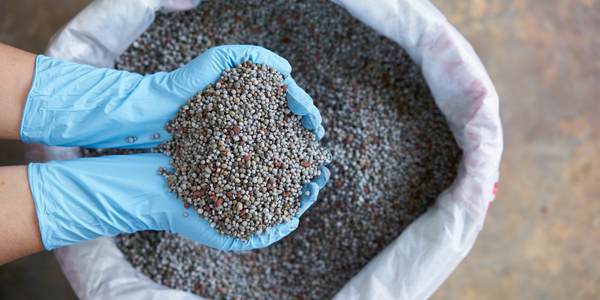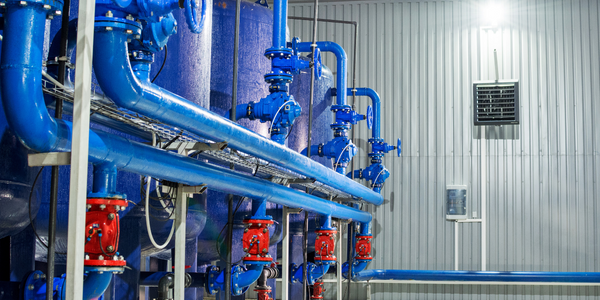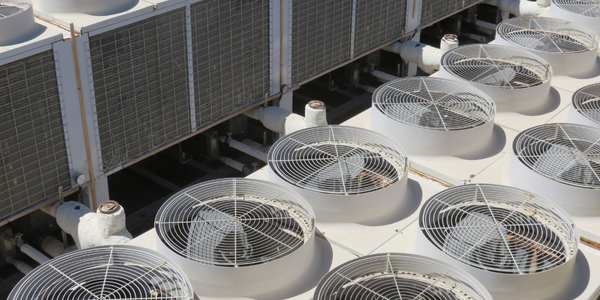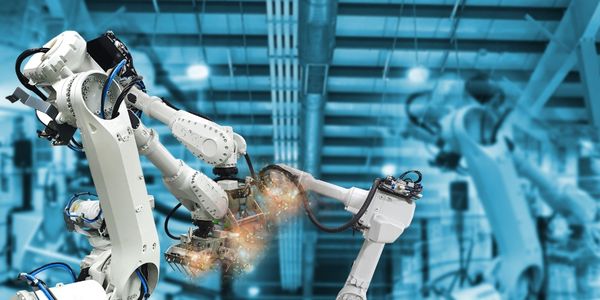Download PDF
Innovative IoT Solution for Aquaculture Waste Management by Blue Ocean Technology

Technology Category
- Automation & Control - Electric Drives & Control
- Functional Applications - Computerized Maintenance Management Systems (CMMS)
Applicable Industries
- Equipment & Machinery
- Marine & Shipping
Applicable Functions
- Maintenance
Use Cases
- Cybersecurity
- Predictive Maintenance
The Challenge
Blue Ocean Technology, a company specializing in aquaculture waste management, was seeking an innovative solution to optimize their systems that convert fish sludge into valuable fertilizer. The company aimed to construct a compact system that would minimize both their environmental footprint and power consumption. They also wanted to remotely monitor the drives and motors that manage the pumps in their system. Ensuring the cybersecurity of their plant was another significant challenge they faced. The company was in need of a solution that would not only meet these requirements but also enhance their profitability and sustainability.
The Customer
Blue Ocean Technology
About The Customer
Blue Ocean Technology is a company that operates in the aquaculture industry, specifically focusing on waste management. They have developed a unique system that extracts fish sludge and converts it into rich fertilizer, thereby increasing profitability and sustainability. The company is committed to innovation, leveraging the latest technologies to optimize their operations. They strive to minimize their environmental footprint and power consumption while ensuring the cybersecurity of their plant. Blue Ocean Technology values remote monitoring capabilities for their system's drives and motors, and they seek solutions that provide them with better control over their equipment.
The Solution
Blue Ocean Technology adopted a comprehensive EcoStruxure Machine solution to remotely control sludge management and treatment in the plant and feed barges. The solution included Apps Analytics and Services such as EcoStruxure Machine Advisor and EcoStruxure Secure Connect Advisor. The Machine Advisor allowed them to remotely monitor drives and motors, providing fault notifications, while the Secure Connect Advisor ensured cybersecurity. The solution also incorporated Edge Control through the Harmony Edge Box and Connected Products like Altivar drives, Harmony HMI, and sensors. The Altivar drives were particularly instrumental in managing the pumps in an energy-efficient manner. This holistic solution was delivered through partner BEKAS, providing a single supplier for the complete hardware and software solution for automation and electrical systems.
Operational Impact
Quantitative Benefit
Related Case Studies.

Case Study
Smart Water Filtration Systems
Before working with Ayla Networks, Ozner was already using cloud connectivity to identify and solve water-filtration system malfunctions as well as to monitor filter cartridges for replacements.But, in June 2015, Ozner executives talked with Ayla about how the company might further improve its water systems with IoT technology. They liked what they heard from Ayla, but the executives needed to be sure that Ayla’s Agile IoT Platform provided the security and reliability Ozner required.

Case Study
IoT enabled Fleet Management with MindSphere
In view of growing competition, Gämmerler had a strong need to remain competitive via process optimization, reliability and gentle handling of printed products, even at highest press speeds. In addition, a digitalization initiative also included developing a key differentiation via data-driven services offers.

Case Study
Predictive Maintenance for Industrial Chillers
For global leaders in the industrial chiller manufacturing, reliability of the entire production process is of the utmost importance. Chillers are refrigeration systems that produce ice water to provide cooling for a process or industrial application. One of those leaders sought a way to respond to asset performance issues, even before they occur. The intelligence to guarantee maximum reliability of cooling devices is embedded (pre-alarming). A pre-alarming phase means that the cooling device still works, but symptoms may appear, telling manufacturers that a failure is likely to occur in the near future. Chillers who are not internet connected at that moment, provide little insight in this pre-alarming phase.

Case Study
Premium Appliance Producer Innovates with Internet of Everything
Sub-Zero faced the largest product launch in the company’s history:It wanted to launch 60 new products as scheduled while simultaneously opening a new “greenfield” production facility, yet still adhering to stringent quality requirements and manage issues from new supply-chain partners. A the same time, it wanted to increase staff productivity time and collaboration while reducing travel and costs.

Case Study
Integration of PLC with IoT for Bosch Rexroth
The application arises from the need to monitor and anticipate the problems of one or more machines managed by a PLC. These problems, often resulting from the accumulation over time of small discrepancies, require, when they occur, ex post technical operations maintenance.

Case Study
Robot Saves Money and Time for US Custom Molding Company
Injection Technology (Itech) is a custom molder for a variety of clients that require precision plastic parts for such products as electric meter covers, dental appliance cases and spools. With 95 employees operating 23 molding machines in a 30,000 square foot plant, Itech wanted to reduce man hours and increase efficiency.





